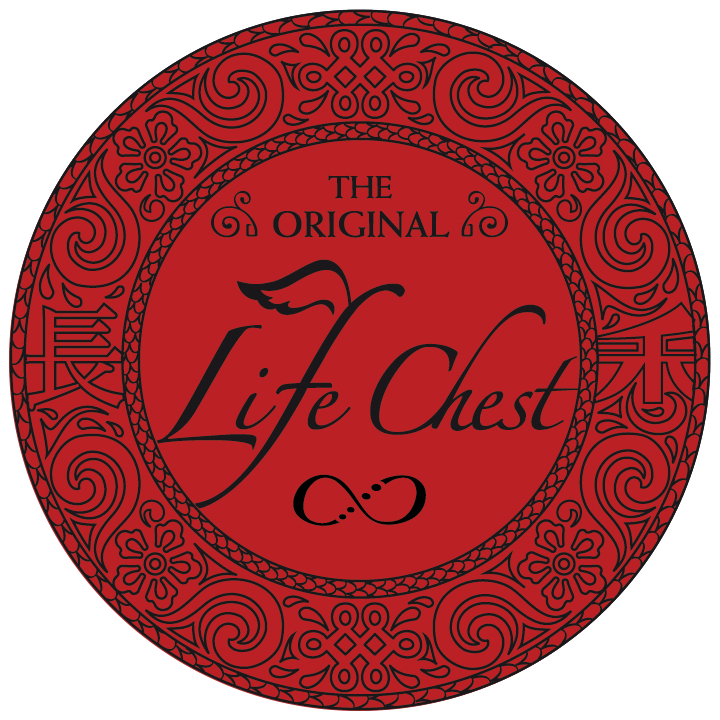The Life Chest China
Intrigue, Adventure and wisdom
The Life Chest: China is the first book in the series. In it, Josh discovers his great-great-grandfather’s life chest.After he experiences its legacy and explores the mysteries it contains, nothing will ever be the same.
Follow the journey of the original Dynasty chest from its creation by Marco Polo through the tales told by centuries of chest keepers from East to West.
Read the story of how the modern life chest came to be, and how it continues to inspire generation after generation to live their best lives.
Share in Josh’s adventure as he and his cousin Bernie travel to China to search for a secret stash of gold coins once hidden in the Dynasty chest. Is the treasure real, or just a myth? And what dangers will they face on their quest to keep a promise made by their great-great-grandfather?
The Life Chest: China - A Review
Intrigue, Adventure, and Wisdom
Reviewed by Karen Rigby
March 21, 2016
A pervasive theme of learning from the past makes this book an entertaining journey through the lives of ordinary men and women.
Kim Yost’s The Life Chest is a historical novel and an imaginative extension of the author’s motivational Pumptitude trilogy that builds on the tradition of hope chests, time capsules, and the desire to preserve legacies through keepsakes. With a hint of exoticism, this first volume in a series tracks Marco Polo’s Dynasty Chest and its passage among his Sherpa guide’s descendants.
The Life Chest is framed by the story of Josh, a seventy-year-old grandfather. In 2151, he reflects on his past and reads his granddaughter stories about Marco Polo; Polo’s guide, Gurmi; and Gurmi’s family.
Through Polo and Gurmi’s brief adventures in China, the novel provides colorful lessons on living a full life, all the while looping the narrative back to Josh’s experiences. The book presents a materialist’s view of the world, where stories are “kept alive” by the items people save. Accumulation is presented as a lifelong gift and a means for reliving key moments while inspiring the future.
At times, product placements distract from the core of the novel. Characters explore objects in their family’s chests, and these match products in the real Life Chest company’s catalog. Replete with names like “Havana” and descriptions of their designs, the chests reveal a taste for the unusual.
One self-referential section features an ancestor named Kim Yost and explains the origins of the life chest idea. Such moments draw attention to the company behind the book, instead of allowing the subtler points of the story to build a case for gathering mementos.
Some characters are sparsely drawn. Josh’s granddaughter is mainly used to pose questions at regular intervals. Josh, who is inspired by the author’s Pumptitude series, appears to turn his life around in an instant. The rapid succession of centuries and generations leads to passing glimpses at the first handful of heirs to the Dynasty chest, though later characters are explored with greater care.
The most effective tales in The Life Chest contain the pointed wisdom of a parable: an account of thieves who are thwarted by the leaves of a money tree and the story of a father and his quarrelling sons are especially memorable. The second section, “Stories of Ten Chests,” is the highlight of the book, with vivid lessons to help shape a strong character.
With a pervasive theme of learning from the past, this is an entertaining journey through the lives of ordinary men and women tasked with keeping a lengthy practice alive. A clear respect for oral tradition, journals, and carefully chosen artifacts add up to a portrait of deep family loyalties.








